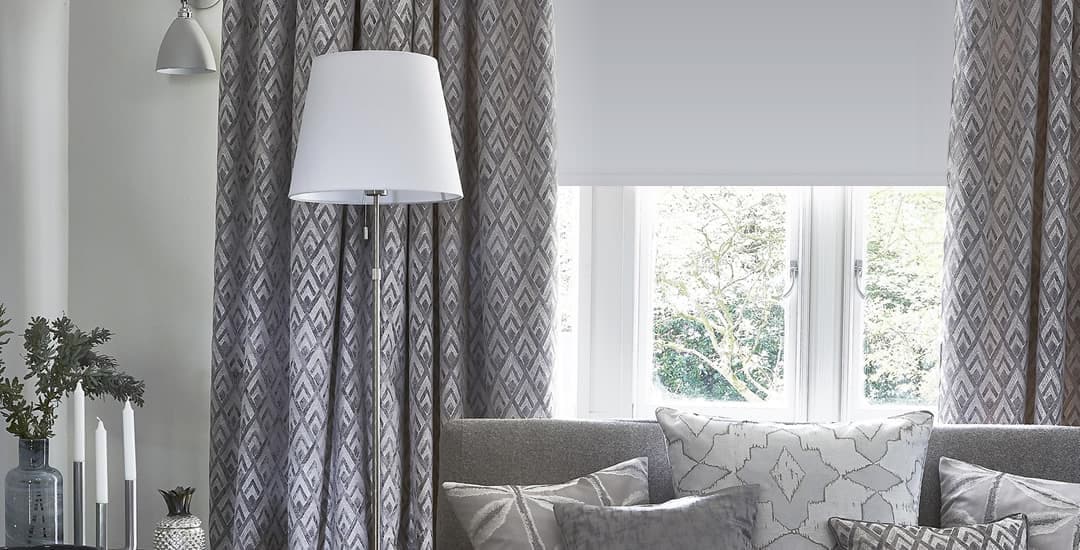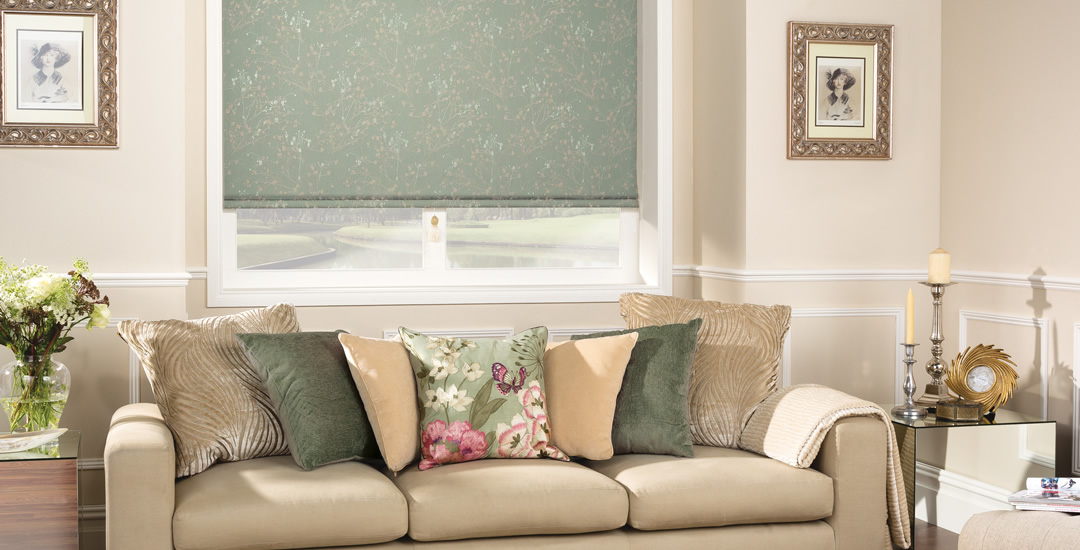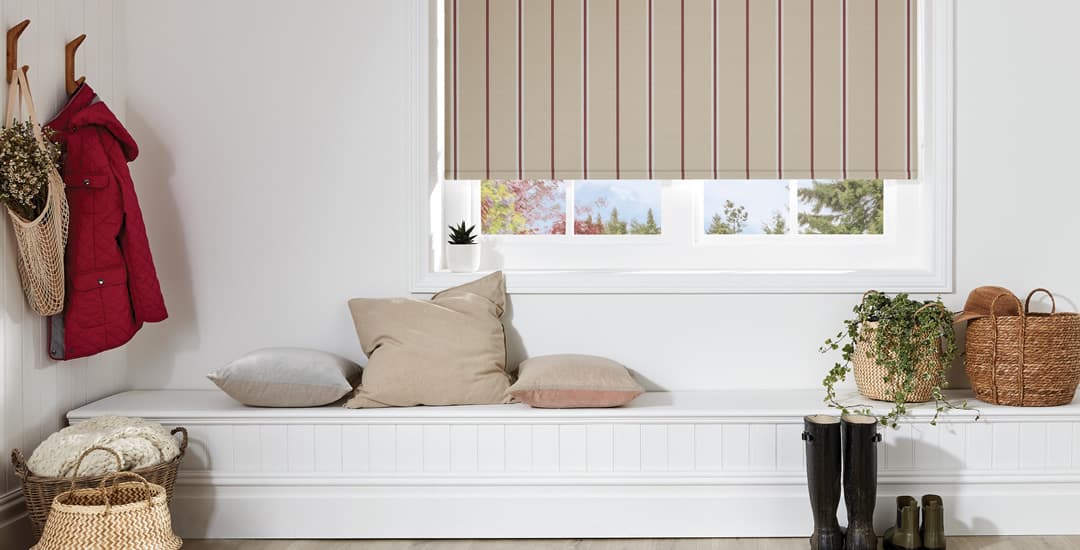
Generally, roller blinds don’t insulate a window as well as thick curtains, but both curtains and roller blinds insulate a window to a degree, and help to keep heat in the room. Comparing standard roller blinds to thick curtains, the curtains will tend to be the better insulators; but when it comes to regular linen curtains that you might pick up readymade online or on the high street and with a thin lining (or possibly no lining at all), some roller blinds will fare better.
This blog post will look at which is warmer, roller blinds or curtains, in various different scenarios.
Are roller blinds as warm as curtains?

This depends on the roller blind and the curtain, and also, how they’re hung.
Curtains can range from thin/fine enough to let lots of light through to thick, heavy materials like velvet with a thick lining, and comparing just two curtains of these two different types with each other will provide a large great degree of variance in the insulation stakes.
Roller blinds too can be made of a lightweight polyester that again, won’t even keep out bright light, or from a denser fabric along with a special thermally insulating, heat-reflecting blackout lining. Again, these two different roller blinds will have quite different insulating properties, and so it can be hard to give a straight answer to which is warmer in the abstract between curtains and roller blinds.
As a broad rule, I’d say that if you’re talking about heavyweight, thick, lined curtains that won’t move in a breeze, these will almost certainly be warmer and offer more insulation than the average roller blind; assuming that they’re hung in such a way as to minimise gaps.
Curtains of this type will block cold air from the window and keep it out of the room, and trap heat from the room on the inside. They also hold a layer of air that offers insulation between the room-facing part of the curtain and its lining too.
If you buy thermally insulating roller blinds, which is warmer; roller blinds or curtains?

Roller blinds made with a special thermally insulating finish on the back are designed to keep cold air from the window out of the room, and to keep the heat in the room. These will often make a marked difference to the ambient temperature of the room if one of the main sources of heat loss from it is via the window.
These will also beat most thin and/or readymade curtains in the insulation stakes, particularly if the blind is a close fit for the window and hung close to the glass, and also, a blind won’t potentially sway in a breeze and let cold air in like flimsy curtains might do.
But if you compare even a thermally insulating roller blind to a particularly thick, heavy pair of curtains, you would probably find that the curtains are the most efficient insulators.
Which is warmer, roller blinds or curtains if you’re on a budget?

If you want to choose window coverings that will insulate your window but you’re working to a tight budget, which is your best bet? In this case, it would be a thermally insulating roller blind. Roller blinds as a whole tend to be less costly to buy than curtains, and whilst choosing a made-to-measure thermally insulating roller blind will up the price a little over the cost of a standard roller blind, they’re still an economical choice.
To get a pair of curtains that would surpass the insulating abilities of a thermally insulating roller blind, you’d need to look at a heavyweight pair that also has a thick lining, which won’t come cheap; particularly for made-to-measure, when compared to the cost of a made-to-measure insulating roller blind.




